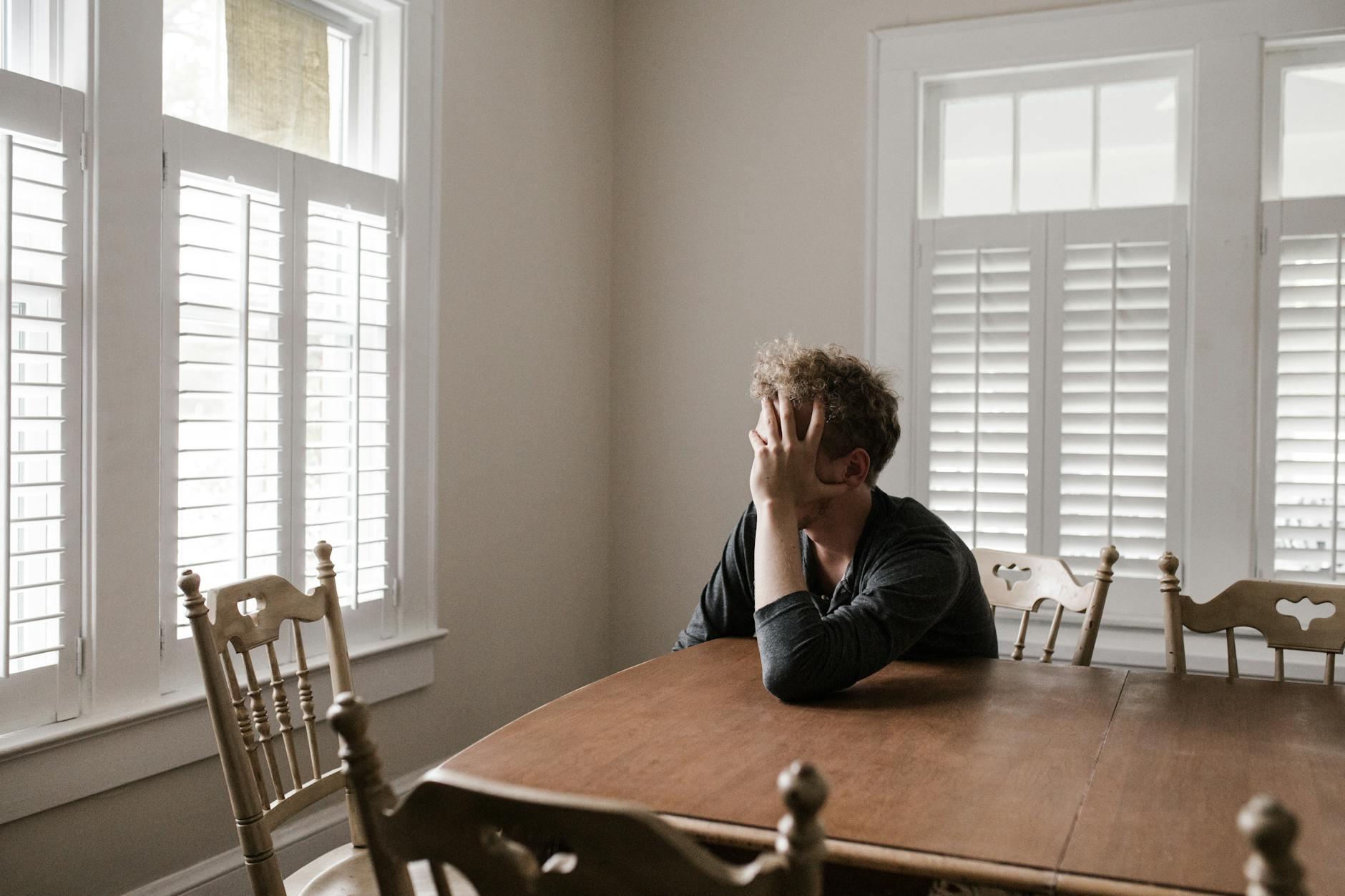I checked my phone again- it’s been three hours since I sent him my last message, and it showed as read.
I knew I shouldn’t be occupied with this.
But I could feel my mind was racing.
I tried to comfort myself, whispering, “He must be busy.” “It’s okay, don’t make a big deal out of it.” “Chill, don’t let your anxiety control you …”
But a voice kept arguing back, “What is going on here? He likes texting and he read your message within minutes, but it’s been hours with no response now!” “Right…I know he is busy, but he could have just texted me back that he is at a meeting or something so he can’t talk right now and will reply later…is it that hard to tell me that?” “Wait…does he find my message boring?” (re-reading my sent message again… “Oh no…does he find me boring now? Did I say anything wrong…” “No no…is he…thinking about leaving me soon…”
This used to be one of the internal struggles I often faced in a past relationship. I found myself constantly torn between trusting my partner and doubting their commitment to me.
I’ve also heard similar stories from others who, despite recognizing their anxious attachment style, found themselves unable to escape this endless cycle. Many even felt ashamed of their inability to soothe themselves, often fearing that sharing their struggles with their partners would label them as “too much,” and inevitably lead to abandonment.
Research refers to this behavior as hyperactivation: a strategy used by insecurely attached or anxious adults to maintain closeness with their attachment figures, typically their partner in a romantic relationship. This strategy involves them actively looking out for “every trace of their partner’s unresponsiveness” (Candel & Turliuc, 2019), which paradoxically reinforces their fears. They often seek constant reassurance from their partners that their relationship is doing alright, and they doubt the authenticity and longevity of their partner’s love and affection. This behavior is self-sabotaging, though, as such act tends to only push their partners further away.
After all, who wants to be constantly questioned and feel chased down in a relationship?
Nevertheless, it is important to acknowledge that an anxious attachment style usually originates from a deep-seated belief that we are unworthy of love. Individuals with this attachment style may get hypersensitive to their partners’ perceived unresponsiveness, seeing it as confirmation that they are not loved. Therefore, when we are feeling anxious, doubtful, fearful, or constantly questioning our partner’s love and commitment, it is helpful to pause first, breathe, and explore, before fully believing in our thoughts.
We can try asking ourselves:
What triggers my anxiety and insecurity?
What feelings and thoughts am I dwelling on?
What needs and desires are these thoughts and feelings trying to express?
What expectations am I holding onto? What responses do I want to receive from my partner?
Through self-exploration, we may come to realize that obsessing with how quickly our partner responds to our messages is just a way we have learned to survive. If we didn’t get the chance to establish a secure enough bond with our parents in our early years, it is no surprise that we have developed coping strategies that continuously seek the love, care, and commitment we didn’t receive as children.
My hope is that as we practice self-exploration despite feeling intense fear or even anger, we are also practicing self-compassion by inserting doses of love, care, and patience for ourselves. We don’t want to fall into self-blame for feeling insecure either.
Instead, let’s be gentle with ourselves.
Let’s learn to understand ourselves first.
At the end of the day, let’s not forget that relationships are a dance where we not only learn to embrace each other, but also evolve together. This means we must be willing to talk about our concerns with our partners, even though it can feel daunting. Communicating our needs and sharing our thoughts and feelings is the first step in understanding our reality together. Plus, our attachment style can change. Research has shown that people with an anxious attachment style don’t necessarily always revert to their “anxious working model,” when they are in a healthy and secure relationship. If their partners and/or the situation are supportive, anxiously attached individuals could overcome their habitual insecurities and reshape their patterns of trusting and loving.
So, talk to our partners and problem solve with them together. Talk about what they can do to support you and make you feel safer when you are feeling anxious. Find a middle ground where both feel comfortable supporting each other. Using “I” statements could be a helpful way to start these conversations.
Moreover, these discussions can serve as opportunities for us to gauge the level of health in our relationship, allowing us to see whether our partners could validate and empathize with us, and offer their reassurance when needed.
Finally, this is not to say that having an understanding partner can make the anxiously attached immune to relationship uncertainties and difficulties. We may still be vulnerable to relationship distress, if not more than others, but at least we hold ourselves accountable by recognizing and expressing our needs, both internally and externally.
We are cultivating a strength to evolve with our partners together.




